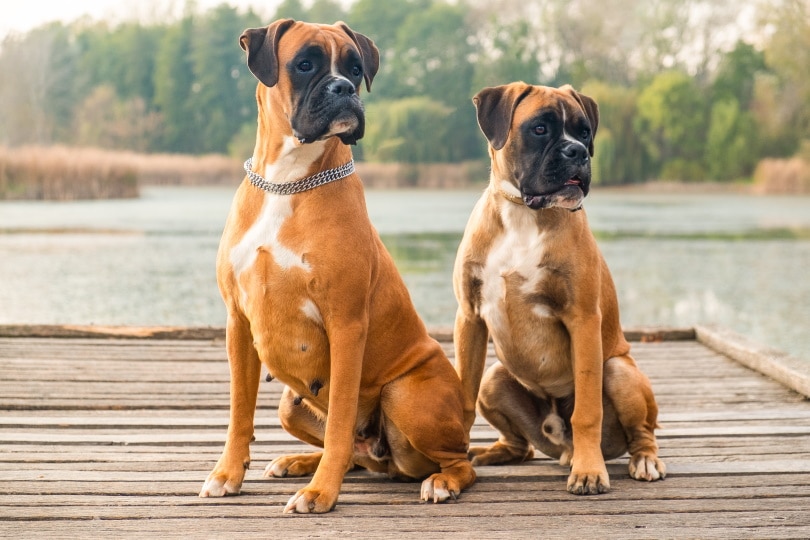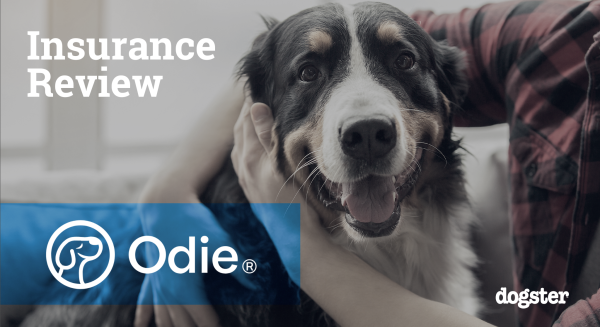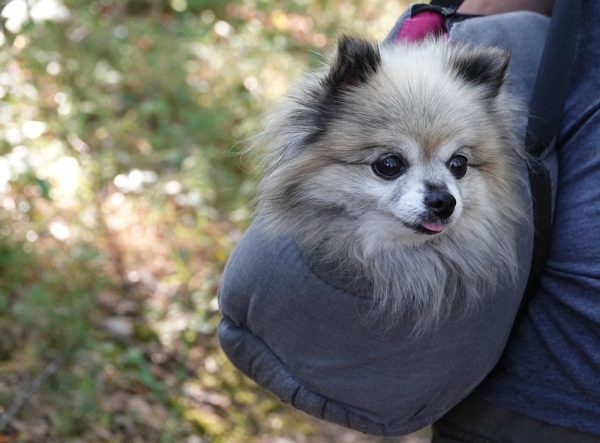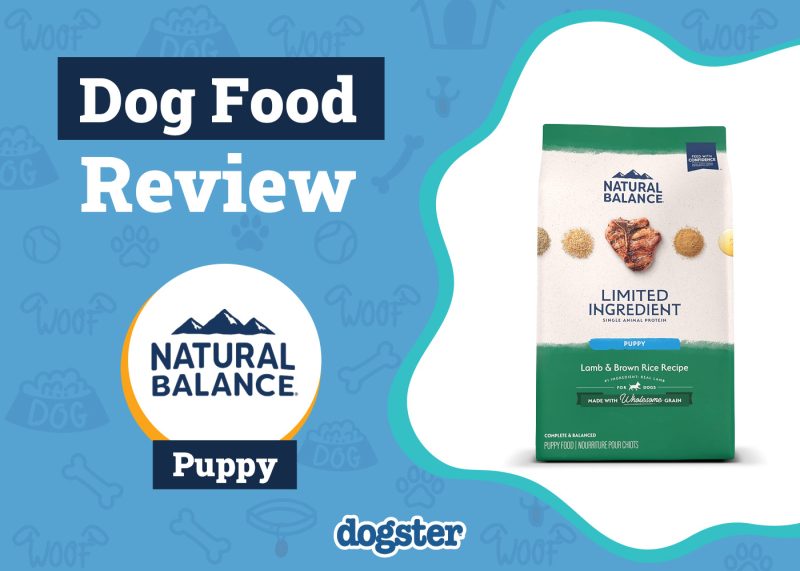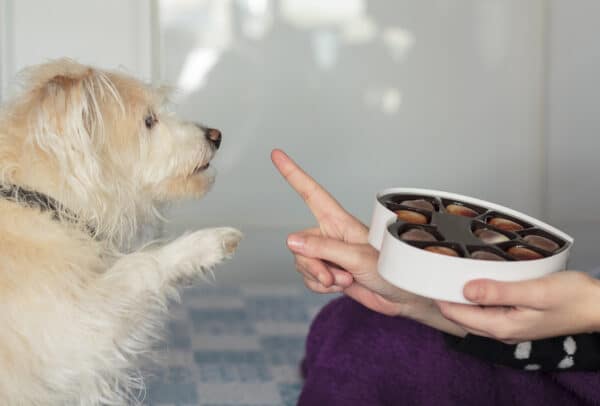In this article
View 3 More +Every dog breed that exists today has a deep history behind it. Not every dog was bred to be a companion, instead, many dogs were bred for various purposes to help humans, whether it be guarding a farm, hunting rodents, or anything else that a human could use a hand with, including Boxers.
The oldest breeds of Boxers date as far back as 2300 BC during the Assyrian Empire. However, today’s modern-day Boxer was developed around the late 1800s. Boxers have a somewhat violent history. They were created because humans were looking for a strong, fearless dog. They were originally bred to hunt large prey, but they have been used for cruel sports too.
Let’s look deeper at the origins of the Boxer breed and why they were first bred.

Boxers: An Overview
Size
- Males: 65–80 pounds
- Females: 50–65 pounds
- Males: 24 inches
- Females: 22 inches
Coat
| Length: | Short |
| Characteristics: | Flat |
| Colors: | Brindle, fawn |
| Grooming Needs: | Low |
Expectations
| Exercise Requirements: | 40 minutes per day |
| Energy Level: | Highly energetic |
| Lifespan: | 8–10 years |
| Tendency to Drool: | High |
| Tendency to Snore: | Moderate |
| Tendency to Bark: | Low |
| Tendency to Dig: | Low |
| Social Needs: | High |
Features
- Squished face, floppy ears, droopy eyes

The History of the Boxer
The ancestor of today’s current Boxer breed was called the “Brabant Bullenbeisser.” These were a smaller type of Mastiff dog that was originally bred in Belgium. Breeders at the time wanted to perfect the dog and make it stronger and able to hunt and hold large prey until their owners could claim it.
A sad truth about the Bullenbeisser breed is that they were used for cruel sports like bullbaiting too. Bullbaiting is a violent sport where dogs would taunt a bull in a large pit. The bull would be chained up and continue to be taunted until either the bull gave up or the dogs killed the bull. Thankfully, there were many political changes, and the sport was eventually outlawed around the world.
1800s
Boxers came into existence in the 1800s when the Brabant Bullenbeisser was bred with an English Bulldog. The two dogs mixed their special characteristics to create what is regarded as a perfect Boxer for the times. These features included:
- A wide undershot jaw allowed the Boxer to lock onto their prey and hold it until humans arrived.
- Side wrinkles on the face were thought to aid the breed in acting as a guard dog by preventing blood from spraying in their eyes.
- Large noses with open nostrils sit back into their face for allowing the dog to breathe while holding prey in their mouth.
- Brindling in the coat allowed the breed to blend into their surroundings and act as camouflage when in tall grass or surrounded by trees.
By 1895, there was an official Boxer Club formed in Munich, Germany. The members of the club drew up a guide of standards for future breeding. They hoped to build the size of the dog and create a brave temperament.
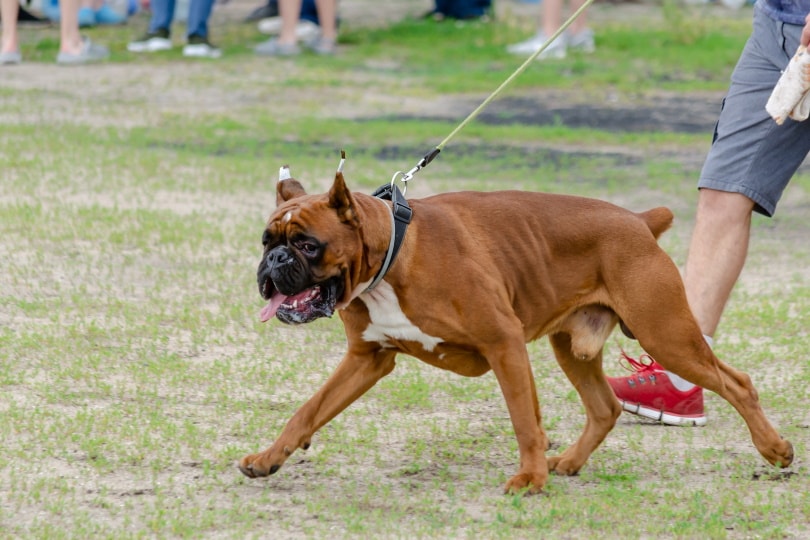
1900s
It didn’t take long for guard dogs to switch from fierce hunters to companions. Breeders started to focus on their traits of loyalty and good temperaments to turn Boxers into family pets. They had other jobs too, though, like serving in both World Wars as guard dogs and messengers.
What Are Boxers Bred for Today?
You now know that Boxers have been bred for various purposes throughout history. They served many roles and were excellent working dogs. Today, though, the majority of these dogs are used as family pets and companions. They have become incredibly playful and patient and are famous for their gentle attitude towards children—an unexpected bit of information for anyone who knows their more aggressive history. They are a little bit wary of strangers but are overall friendly pets with proper socialization. Unfortunately, there is still a stigma attached to the Boxer breed name.
Should You Get a Boxer?
Boxers are not the same dogs that they once were. They had so many different jobs that they eventually became well-rounded companions that could be trained to do just about anything. They still have strong instincts that lead to occasional bad behavior, but it is nothing that can’t be fixed with training and early socialization.
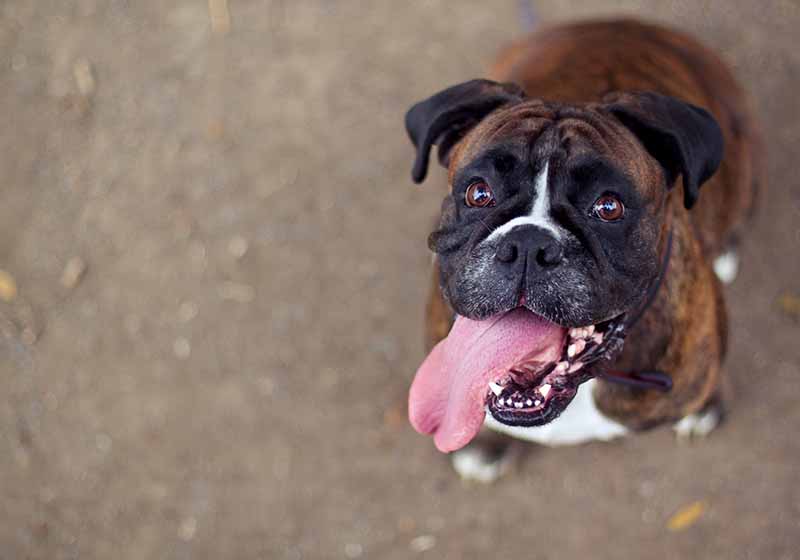

Conclusion
While the oldest versions of Boxers have a violent past, these dogs are fairly gentle and well-behaved. More modern history has shown that they were mainly used as hunting and guard dogs until we started to breed them to be family pets.
Boxers are one of America’s favorite dogs for a reason, and you likely won’t regret welcoming one into your family.
Related Reads:
Featured Image Credit: Gabor Kormany, Shutterstock
